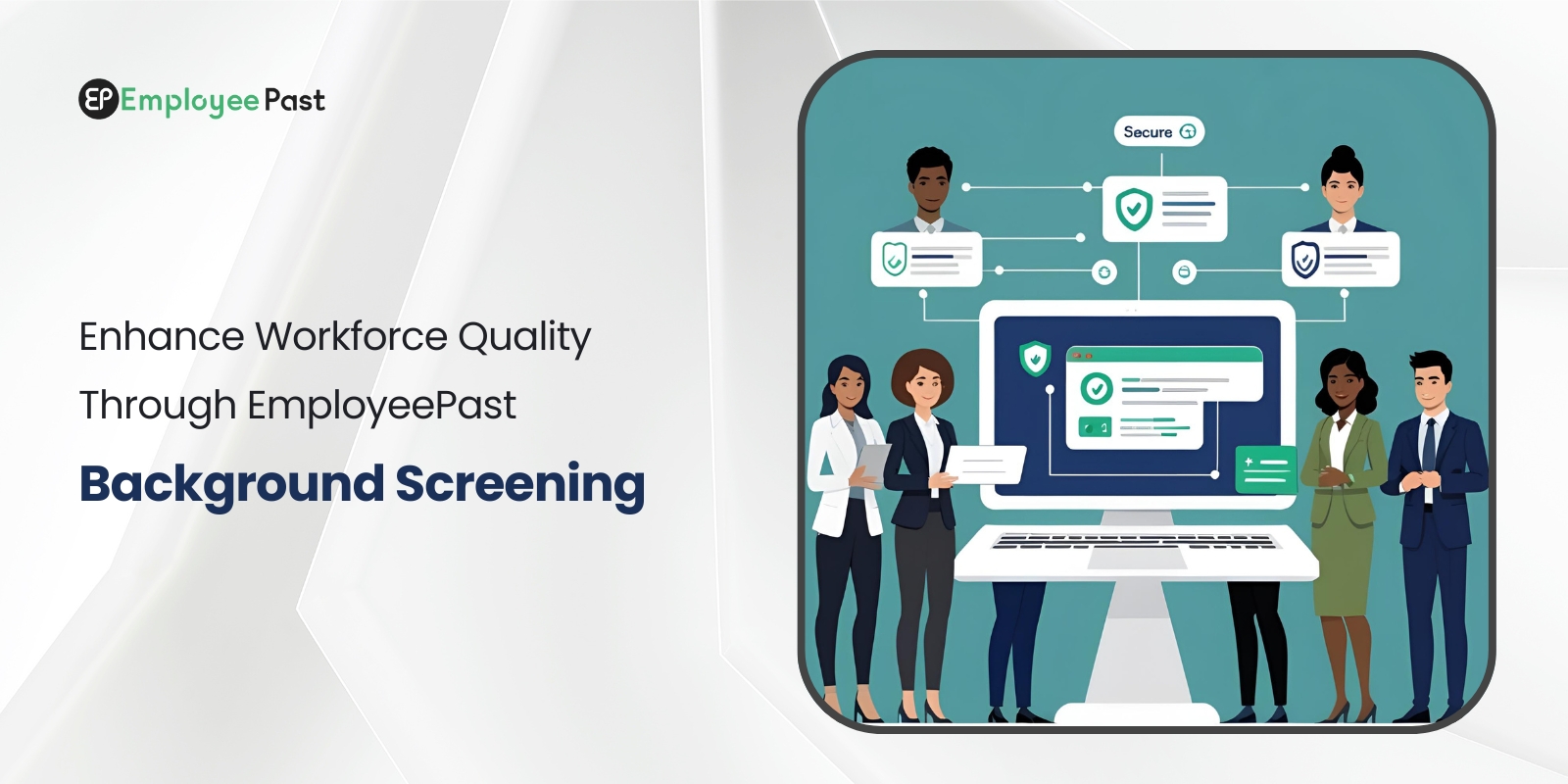In today’s competitive business environment, ensuring a trustworthy and efficient workforce is more important than ever. One of the most reliable ways to build and maintain a high-quality team is by conducting thorough employee background checks. These screenings not only safeguard the organization from potential risks but also contribute significantly to long-term business growth and stability.
Why Employee Background Screening Is Crucial for Business Success
Employee past background screening is not just a formality—it is a proactive measure that enables companies to verify the accuracy of a candidate’s credentials, detect any potential red flags, and assess the overall suitability of the individual for a specific role. With rising concerns about workplace fraud, violence, and data breaches, background checks serve as the first line of defense.
Organizations that invest in comprehensive employee vetting processes reduce their exposure to legal liabilities, reputational damage, and operational inefficiencies. More importantly, such diligence fosters a culture of integrity, accountability, and trust, setting the tone for a productive and secure work environment.
Key Elements of an Effective Employee Background Screening Process
1. Identity Verification
The foundation of any background screening begins with verifying a candidate’s true identity. This includes validating government-issued identification documents, checking social security numbers (SSNs), and cross-referencing the candidate’s name, date of birth, and address history.
2. Employment History Check
Confirming previous job titles, roles, responsibilities, and tenure helps employers evaluate whether the candidate’s resume matches real-world experience. Contacting former employers also provides insight into the candidate’s work ethic, achievements, and conduct.
3. Education and Qualification Verification
With diploma mills and fake certifications becoming increasingly common, validating academic achievements is essential. Employers must confirm degrees, certifications, licenses, and any specialized training directly with issuing institutions.
4. Criminal Record Check
A critical component of any background screening is the criminal history check, which includes local, state, and national databases. It helps assess if the candidate has a history that may pose a risk to the company, clients, or coworkers.
5. Credit History Review
For positions involving financial responsibilities, reviewing credit reports can reveal financial behavior, reliability, and any concerning patterns, such as high debt or bankruptcy filings.
6. Reference Checks
Speaking to professional references offers valuable third-party perspectives about the candidate’s performance, communication skills, teamwork, and behavior under pressure.
7. Drug Testing
Some industries, particularly those involving safety-sensitive tasks, mandate pre-employment and ongoing drug screening to ensure a drug-free and compliant workplace.
Benefits of Conducting Employee Background Checks
Reduces Turnover and Hiring Costs
Hiring the wrong person can be costly. Background screening ensures that only qualified and trustworthy individuals are brought on board, thereby reducing the chances of early attrition and the need for frequent rehiring.
Enhances Workplace Safety
By identifying individuals with a violent or criminal history, companies can proactively minimize workplace incidents, safeguard employee well-being, and maintain a healthy work culture.
Protects Company Reputation
Employees represent your brand. A single bad hire with fraudulent credentials or a poor professional record can tarnish your company’s image. Screening protects brand equity by ensuring personnel integrity.
Improves Regulatory Compliance
Various sectors—such as finance, healthcare, and education—are bound by strict regulatory frameworks. Thorough background checks help ensure compliance with laws such as FCRA (Fair Credit Reporting Act), HIPAA, and industry-specific mandates.
Supports a Positive Company Culture
Knowing that all employees have passed a rigorous vetting process creates a trust-driven, merit-based workplace culture, where individuals feel safe and valued.
Industries That Benefit Most from Background Screening
While background screening is essential across all sectors, it is especially critical in:
Financial services: Where trust and fiduciary responsibility are paramount.
Healthcare: Where patient safety and ethical conduct are non-negotiable.
Education: Where staff interact closely with minors and young adults.
Information Technology: Where data access and cybersecurity risks must be managed.
Transportation and Logistics: Where public safety and asset security are vital.
Best Practices for Conducting Employee Background Checks
Use Reputable Background Screening Agencies
Partnering with a certified and experienced background check provider ensures accuracy, compliance, and ethical practices. Look for agencies that are accredited by the Professional Background Screening Association (PBSA).
Obtain Legal Consent
Always acquire the candidate’s written consent before initiating any background screening. This is a legal requirement in many jurisdictions and reflects transparency and respect for privacy.
Ensure Fair and Non-Discriminatory Practices
Use background screening uniformly across all candidates to avoid discrimination claims. Disqualifying criteria should be directly related to the job role and consistent across the board.
Review and Update Screening Policies Regularly
Laws, technology, and industry requirements evolve. It’s important to periodically reassess your screening policies to stay compliant and effective.
Communicate Clearly with Candidates
Set clear expectations by explaining the screening process during recruitment. If adverse action is taken based on screening results, notify the candidate and offer a chance to respond.
Digital Transformation in Background Screening
With the rise of automation, AI, and machine learning, the background screening landscape is evolving. Digital tools now enable faster, more accurate, and data-driven checks. From online ID verification to automated employment verification systems, technology is transforming how organizations vet their future workforce.
Additionally, blockchain technology is being explored for storing tamper-proof academic and employment records, ensuring transparent and immutable data for screening purposes.
Conclusion: Build a Stronger Workforce Through Screening
Employee past background screening is a powerful strategy that significantly enhances workforce quality, security, and efficiency. It empowers organizations to hire right the first time, mitigate risks, and promote a thriving work environment. By adopting robust, compliant, and tech-powered screening processes, businesses can ensure long-term success and build a workforce aligned with their values and mission.













Share this post on: